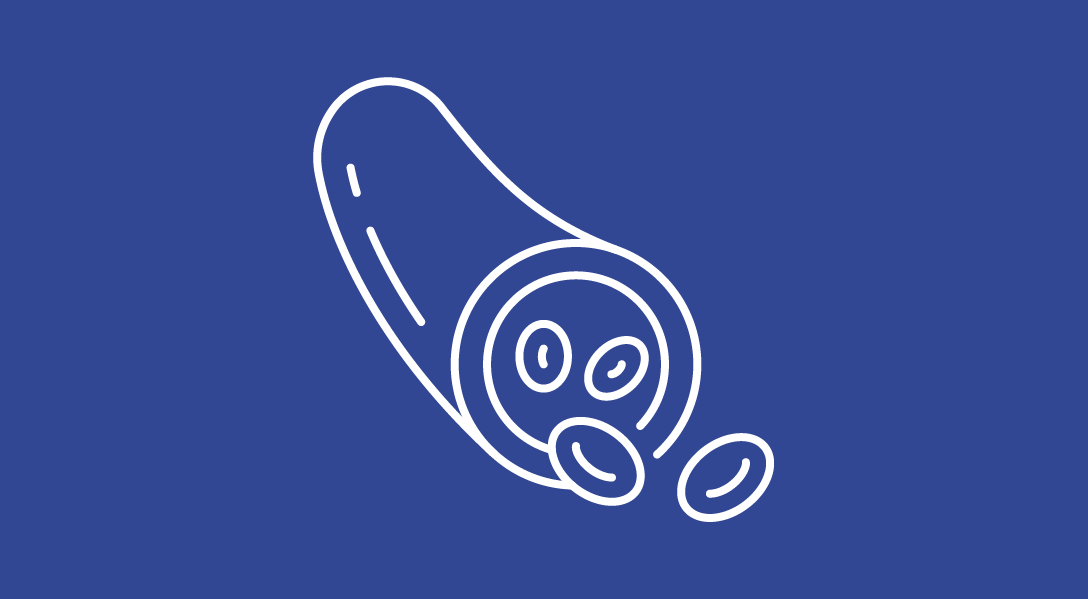FDA Committee Supports Lumisight for Breast Cancer Detection During Surgery
In a 16-to-2 vote, the FDA's Medical Imaging Drugs Advisory Committee voted in support of the benefit-risk profile of Lumisight to detect cancerous tissue during breast conservation surgery.
FDA Committee Supports Lumisight for Breast Cancer Detection During Surgery

The benefit-risk profile of the optical imaging agent Lumisight (pegulicianine) to detect cancerous tissue during breast-conserving surgery received a positive recommendation from the FDA’s Medical Imaging Drugs Advisory Committee.1
The 16-to-2 vote, with 1 abstention, was based on an independent review of the imaging agent utilized with the Lumicell Direct Visualization System (DVS). They examined efficacy data from more than 350 patients in the pivotal phase 3 INSITE trial (NCT03686215) and over 700 patients who had been enrolled across 6 studies conducted at academic and community cancer centers, including a phase 2 feasibility study (NCT03321929).
“The MIDAC’s discussion underscored the need for better tools to achieve a more complete cancer resection and improve surgical outcomes,” Shelley Hwang, MD, MPH, leader of the Breast Oncology Program at Duke University, stated in a press release. “The use of Lumisight and Lumicell DVS, in the pivotal trial, enabled real-time assessment of the breast cavity to remove residual cancer tissue that otherwise would have been missed, unlike any other surgical tool available on the market today.”
The DVS leverages Lumisight to identify, view, and guide the resection of residual cancer during initial lumpectomy.2,3 Lumisight is administered preoperatively, on the same day of the procedure, to highlight cancerous cells. A handheld imaging probe then scans inside the breast cavity to identify activated Lumisight in residual disease. Patient-calibrated tumor detection software produces real-time images from the cavity, which helps the surgeon remove the remaining disease.
In May 2023, the FDA granted priority review to a new drug application (NDA) seeking the approval of Lumisight for patients with breast cancer; the regulatory agency also accepted a premarket approval application (PMA) for the DVS.2
The prospective, multicenter INSITE trial enrolled female patients who were undergoing lumpectomy for stage I to III invasive breast cancer and/or ductal carcinoma in situ (DCIS). Patients needed to be at least 18 years of age and must have received standard preoperative isotope injections, with gamma-probe scanning before surgery to confirm sentinel node identification by isotope. Those who were receiving neoadjuvant therapy or who were undergoing margin re-excision after a prior lumpectomy were excluded.
Two to 6 hours before undergoing surgery, patients were administered Lumisight at 1.0 mg/kg intravenously. They then underwent standard lumpectomy, and all specimens were oriented with sutures and/or six-color inking in the operating room to strengthen orientation. Participants were randomized 10:1 to either receive Lumisight-guided surgery or enter into a control group that did not receive the imaging agent.
Allocation information was only revealed after the surgery was completed. Randomization was not designed to provide a control group to assess the performance of the device. Each patient who underwent Lumisight-guided surgery served as their own control, with evaluation based on final margin pathology after standard surgery combined with additional imaging-guided cavity margins. Those randomized to the control group were only evaluated for safety.
The trial had three primary end points:
- Percentage of patients for whom Lumisight-guided margins contained residual cancer after lumpectomy (success defined as greater than 3% for lower bound of the 95% CI)
- Sensitivity, or the percentage of margins with tumor that were Lumisight positive
- Specificity, or the percentage of margins with no tumor that were Lumisight negative
Secondary end points included the positive margin rate after removal of Lumisight-guided margins and the impact of Lumisight-guided margins on the volume of excised tissue.
A total of 406 patients were enrolled in the trial, and 14 withdrew before randomization. Among the remaining 392 patients, the median age was 64 years (range, 36-83). A total of 19.4% had DCIS only; most (69.9%) had invasive ductal carcinoma with or without DCIS, 9.9% had invasive lobular carcinoma with or without DCIS, and 0.8% had invasive lobular carcinoma with DCIS.
Following lumpectomy, patients were randomly assigned to the Lumisight-guided group (n = 357) or the control group (n = 35).
Data, which were published in NEJM Evidence, indicated that Lumisight-guided margins removed residual cancer following the procedure in 7.6% (n = 27) of those in the investigative group, which was higher than 3%, meeting the criteria for success. Of these patients, 19 had all negative margins on standard pathology evaluation. In 22 patients, the imaging agent helped remove residual cancer from margins that were negative after surgery on standard evaluation.
Moreover, margin-level specificity was 85.2% (95% CI, 83.7%-86.6%), which proved to be higher than the prespecified lower-bound goal of greater than 60%. Across all orientations, margin-level sensitivity was 49.3% (95% CI, 37.0%-61.6%). However, for sensitivity, the trial failed to meet the prespecified lower-bound goal of greater than 40%. When calculating sensitivity by just evaluating orientations where histopathology was available for comparison, the sensitivity rate was higher, at 58.6% (95% CI, 44.9%-71.4%), according to data from a post-hoc analysis.
Across all margins, the margin-level negative predictive value of the imaging intervention was 98% (95% CI, 97.7%-98.8%); the margin-level positive predictive value was 9.2% (95% CI, 6.4%-12.6%).
A total of 17.4% (n = 62) of patients had at least 1 positive margin after surgery and before administration of the imaging agent. For 14.5% of these patients, all positive margins converted to negative margins during initial surgery after the removal of Lumisight-guided shaves; this prevented the need for a second surgical procedure.
“This MIDAC vote, supported by more than 10 years of clinical evidence, is an exciting further validation of our work,” Jorge Ferrer, chief scientific officer of Lumicell, Inc., stated in a press release.1 “We appreciate the valuable insights shared by the FDA, patients, and the advisory community about the need for surgical advances in breast-conserving surgery, and we look forward to working with the FDA as it completes its review of Lumisight’s NDA and Lumicell DVS’ PMA."
Lumisight has previously received breakthrough therapy designation from the FDA.2 The Lumicell DVS was previously awarded breakthrough therapy device designation from the regulatory agency.
References
- Lumicell announces FDA advisory committee's positive recommendation on the benefit-risk profile of Lumisight in the detection of cancerous tissue during breast conserving surgery. News release. Lumicell, Inc. March 6, 2024. Accessed March 9, 2024. https://lumicell.com/lumicell-announces-fda-advisory-committees-positive-recommendation-on-the-benefit-risk-profile-of-lumisight-in-the-detection-of-cancerous-tissue-during-breast-conserving-surgery/
- Lumicell announces FDA acceptance and priority review of new drug application for Lumisight optical imaging agent for breast cancer. News release. Lumicell, Inc. May 22, 2023. Accessed March 9, 2024. https://lumicell.com/lumicell-announces-fda-acceptance-and-priority-review-of-new-drug-application/
- Our platform technology. Lumicell, Inc. website. Accessed March 9, 2024. https://www.lumicell.com/our-platform-technology/our-platform-technology.php
- Smith BL, Hunt KK, Carr D, et al. Intraoperative fluorescence guidance for breast cancer lumpectomy surgery. NEJM Evid. Published online April 27, 2023. doi:10.1056/EVIDoa2200333
Workflow, Educational Tools Improve Use of Silicone Film to Prevent Radiation Dermatitis
April 25th 2024Tools to educate oncology nurses and patients on the use of Mepitel film to prevent radiation dermatitis has improved the workflow around its introduction to patients with breast cancer, as well as its application and maintenance.
Olaparib Plus Chemo May Not Improve Outcomes vs Chemo Alone in BRCA Wild-Type TNBC
April 23rd 2024Patients with BRCA wild-type triple-negative breast cancer treated with olaparib on a gap schedule with chemotherapy did not experience improved responses compared with chemotherapy alone in the neoadjuvant setting.




